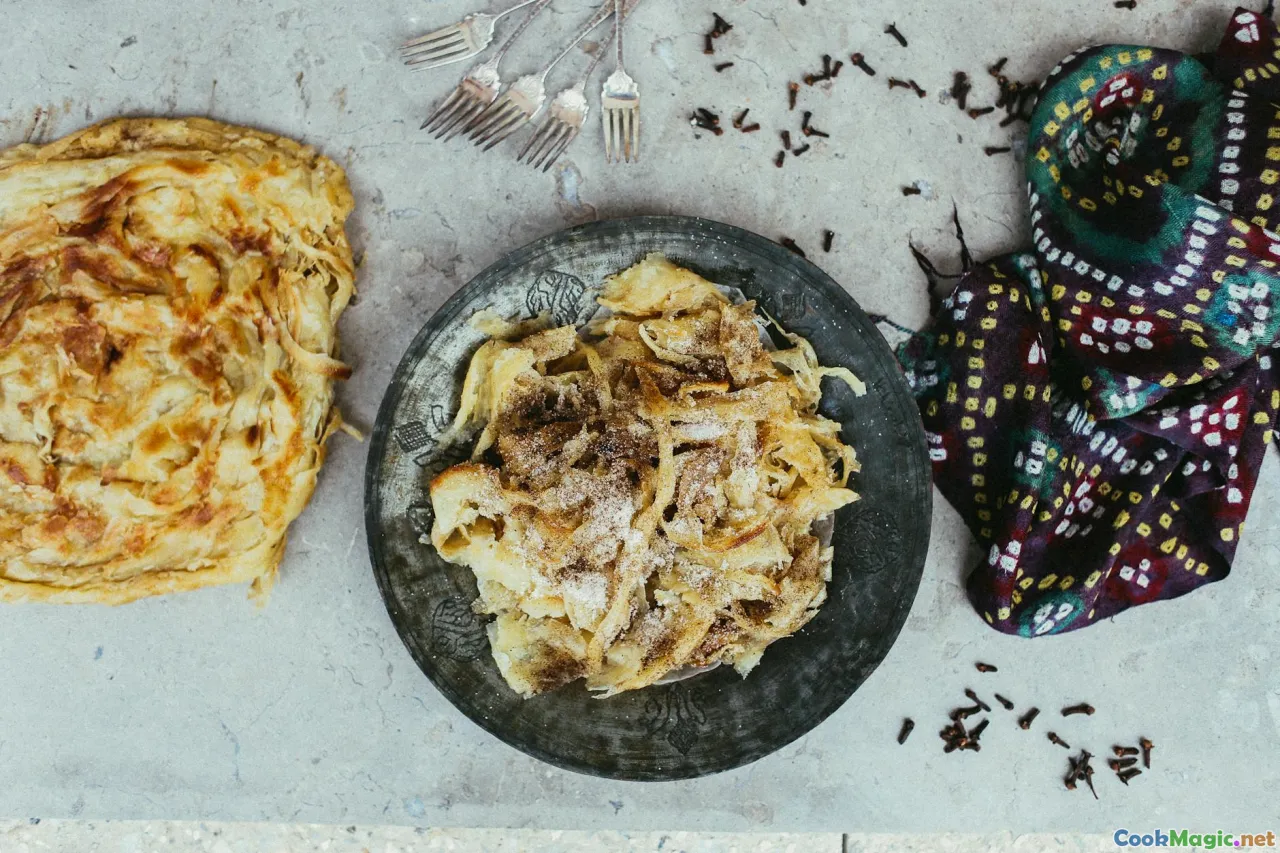Tastes of Australia and Asia Combined
7 min read Discover the vibrant fusion of Australian and Asian flavors, blending diverse traditions into a tantalizing culinary experience that excites the senses. April 24, 2025 02:00
Tastes of Australia and Asia Combined
Imagine wandering through a bustling street market where the aroma of sizzling spices mingles with the fresh scent of coastal air. It’s a sensory adventure that captures the essence of Australia’s multicultural tapestry intertwined with Asia’s rich culinary heritage. This isn’t just a trend; it’s a vibrant movement that celebrates the best of both worlds—an exciting crossroad where flavors converge, creating dishes that are both familiar and astonishingly new.
The Cultural Canvas: A Melting Pot of Flavors
Australia’s culinary identity has been profoundly shaped by its diverse population—Indigenous peoples, European settlers, and immigrants from Asia, the Middle East, and beyond. Over the past few decades, this melting pot has given rise to a unique food landscape, where traditional Australian ingredients are infused with Asian spices, techniques, and philosophies.
In cities like Sydney and Melbourne, the streets are dotted with fusion eateries, pop-up stalls, and fine dining establishments pushing the boundaries of culinary innovation. The result? A vibrant tapestry of flavors that reflect Australia’s multicultural soul.
Historical Roots and Modern Evolution
Historically, Australia’s connection with Asia has been rooted in trade, migration, and shared maritime history. Asian influence entered the Australian palate through Chinese markets during the gold rush era, Japanese fishing industries, and Southeast Asian labor migration. These interactions laid the groundwork for a natural fusion—think soy-infused sauces alongside native bush herbs, or rice noodles served with local seafood.
Today, chefs and home cooks alike are elevating this tradition, creating dishes that honor their roots while embracing contemporary techniques. This evolution is evident in dishes like Kangaroo Curry, Lemongrass Barramundi, and Satay Lamb Tacos—each a testament to the harmonious blend of cultural flavors.
Sensory Journey: Tasting the Fusion
Imagine biting into a Thai-inspired Aussie Prawn Salad: plump prawns coated in a tangy lemongrass marinade, crisp lettuce, and a drizzle of spicy mango salsa. The freshness of the seafood complements the aromatic herbs, creating a dance of textures and tastes.
Or consider the Australian-Chinese Dim Sum twist—steamed dumplings filled with native ingredients like wattleseed and quandong, offering a nutty crunch with every bite. The aroma of jasmine tea mingling with the smoky aroma of grilled kangaroo skewers accentuates the sensory richness.
Texture and Visual Appeal
Fusion dishes often surprise not only with their flavors but also with their presentation. Vibrant colors—bright reds from chili, lush greens from herbs, and earthy browns from grilled meats—are arranged artfully to entice the eye. The textures range from crispy and crunchy to tender and silky, engaging multiple senses simultaneously.
Smell and Aroma
The aroma of coriander, lemongrass, and toasted spices wafts through open kitchens, evoking a sense of adventure. The scent of grilled seafood paired with sweet soy and a hint of native lemon myrtle makes each bite an olfactory experience.
Personal Encounters and Culinary Inspirations
Having traveled extensively across Australia and Asia, I’ve been fortunate to witness firsthand how chefs and home cooks creatively fuse these flavors. One memorable experience was at a small Melbourne restaurant where a chef crafted Bush-Tamari Ribs—slow-cooked Australian beef glazed with a soy and native herb marinade. The smoky, savory aroma was complemented by a side of jasmine rice infused with pandan leaves.
Another moment of inspiration came from a street food stall in Bangkok, where I tasted a Kangaroo Satay—tender meat skewers marinated in coconut milk and Thai spices, served with a peanut dipping sauce that had hints of native Australian macadamia nuts.
These experiences highlight that fusion isn’t just about combining ingredients; it’s about storytelling, cultural exchange, and respecting tradition while daring to innovate.
The Future of Australian-Asian Fusion Cuisine
As culinary borders continue to dissolve, the future of this fusion movement looks promising. Chefs are increasingly exploring sustainable native ingredients like finger lime, wattleseed, and bush tomatoes alongside Asian staples such as jasmine rice, lemongrass, and chili.
Innovative cooking techniques—Sous Vide Australian meats with Asian marinades, fermenting native herbs, or creating native-inspired soy sauces—are pushing the boundaries of flavor.
Moreover, the rise of food tourism and global connectivity means more people are discovering and celebrating these cross-cultural dishes, ensuring that the tastes of Australia and Asia will continue to evolve and inspire.
Conclusion: A Culinary Bridge
The tastes of Australia and Asia combined are more than a trend—they are a reflection of a shared history, a celebration of diversity, and an invitation to explore new horizons. By embracing these flavors, we connect with stories of migration, adaptation, and innovation. Whether it’s a spicy laksa with native Australian herbs or a delicately seasoned kangaroo stir-fry, each dish is a testament to the rich, interconnected culinary landscape that defines modern Australia.
So next time you’re in the kitchen or at a restaurant, dare to explore these vibrant flavors. Let the aromas guide you, the textures surprise you, and the stories inspire you. After all, food is the most delicious way to bridge worlds and celebrate our shared humanity.









